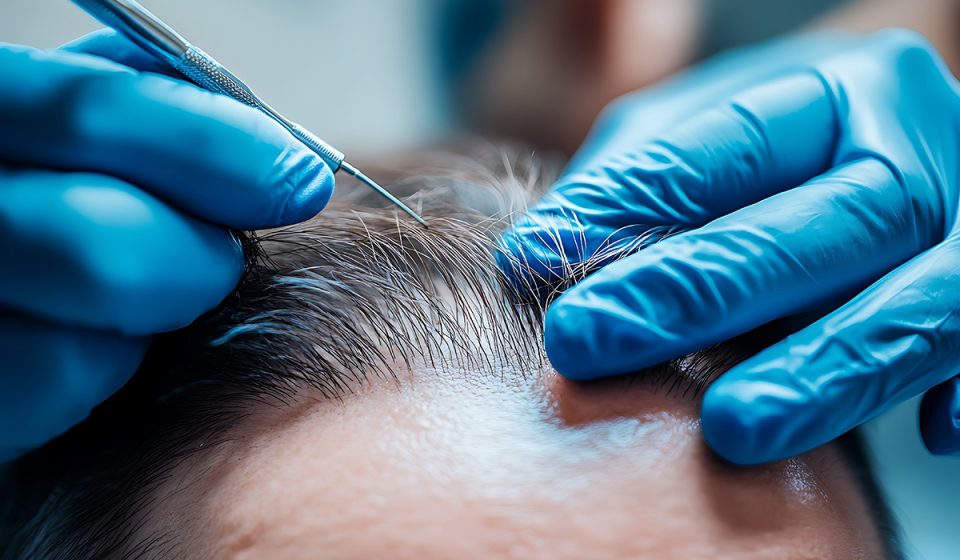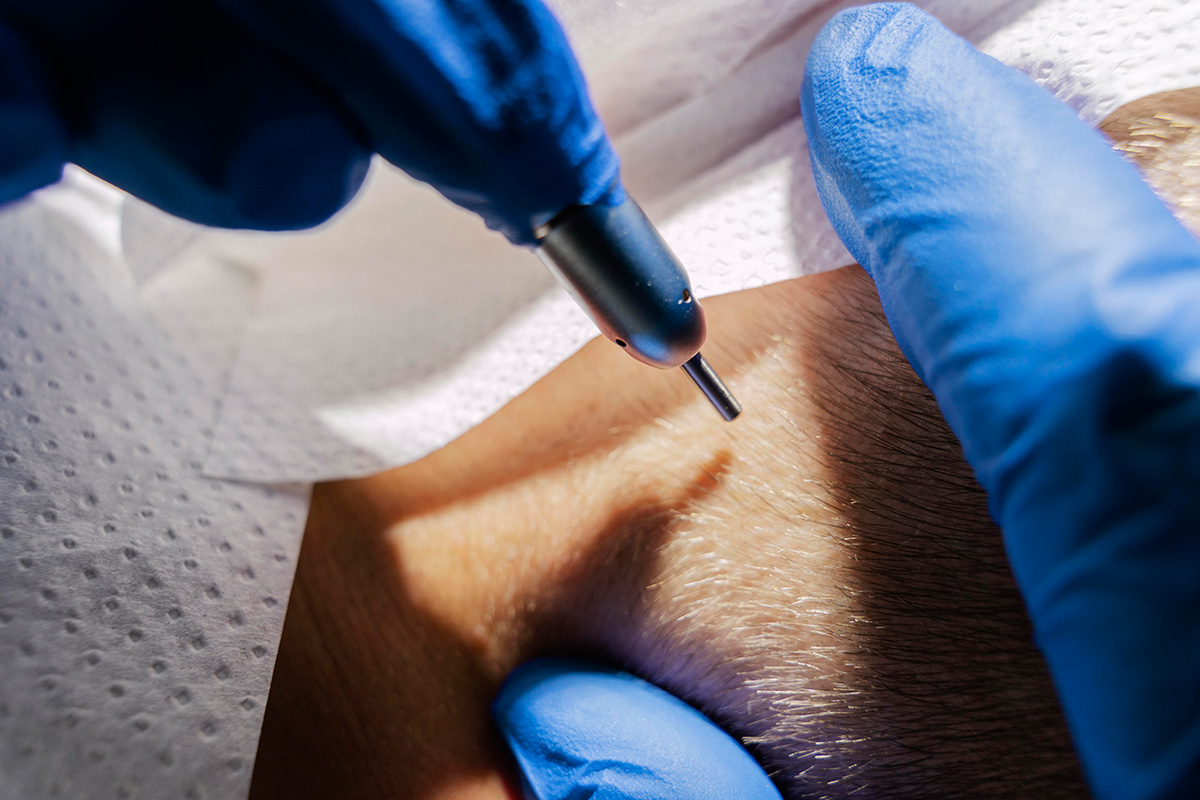
Hair Transplants: Types, Benefits, and Why They’re So Popular
Hair loss affects millions of people around the world — men and women alike. Whether it’s due to genetics, stress, medical conditions, or aging, thinning hair can take a serious toll on self-confidence and overall appearance. Fortunately, modern hair transplant techniques offer a reliable, permanent solution for those seeking to restore a natural-looking head of hair.
Table Of Content
- Why Are Hair Transplants So Popular?
- 1. Improved Techniques
- 2. Growing Awareness
- 3. Permanent Results
- 4. Minimal Downtime
- 5. Global Accessibility
- The Two Main Types of Hair Transplant Procedures
- 1. FUE (Follicular Unit Extraction)
- 2. FUT (Follicular Unit Transplantation)
- Which Type Should You Choose?
- What Makes a Good Candidate?
- What to Expect During the Process
- Cost of Hair Transplants
- Tips for Choosing the Right Clinic
- Final Thoughts
In this blog post, we’ll explore the most common types of hair transplants, why they’ve become increasingly popular, what to expect during the process, and tips for choosing the right clinic or surgeon.
Why Are Hair Transplants So Popular?
Hair transplants have surged in popularity over the last decade for several reasons:
1. Improved Techniques

Advancements in technology and technique have made hair transplants more effective, less painful, and far more natural-looking than older methods. The days of “pluggy” hairlines are long gone.
2. Growing Awareness
Social media, celebrity endorsements, and a general increase in aesthetic awareness have made people more comfortable and open about undergoing cosmetic procedures.
3. Permanent Results
Unlike hair growth products or supplements that often yield temporary or uneven results, a hair transplant offers a long-lasting and usually permanent solution.
4. Minimal Downtime
Modern hair transplant techniques are minimally invasive and often require only a few days of recovery. Many patients return to work within a week.
5. Global Accessibility
Countries like Turkey, India, and Thailand have become international hubs for affordable, high-quality hair transplants, making the procedure accessible to a much wider population.
The Two Main Types of Hair Transplant Procedures
There are two primary techniques used in modern hair restoration:
1. FUE (Follicular Unit Extraction)

FUE is currently the most popular method worldwide due to its minimally invasive nature.
How It Works:
- Individual hair follicles are extracted one by one from the donor area (typically the back of the scalp).
- These follicles are then implanted into thinning or balding areas.
Pros:
- No visible scarring (tiny dot-like scars that are barely noticeable)
- Faster healing time
- Less discomfort post-surgery
- Ideal for those who prefer to wear short hair
Cons:
- Can be more time-consuming
- Typically more expensive than FUT
2. FUT (Follicular Unit Transplantation)
FUT, also known as the “strip method,” is the more traditional technique.
How It Works:
- A strip of scalp is removed from the donor area.
- Hair follicles are dissected from this strip and implanted into the recipient area.
Pros:
- More grafts can be harvested in one session
- Slightly more affordable
- Suitable for patients requiring a large number of grafts
Cons:
- Leaves a linear scar (may be noticeable with short haircuts)
- Slightly longer recovery time
- More post-operative discomfort
Which Type Should You Choose?

The best technique for you depends on your:
- Hair loss pattern
- Budget
- Desired hairstyle (especially length)
- Medical history
- Surgeon’s recommendation
Always consult with a board-certified or highly experienced hair transplant surgeon to determine the most appropriate method for your individual case.
What Makes a Good Candidate?
You may be a good candidate for a hair transplant if:
- You have sufficient donor hair on the sides or back of your scalp.
- Your hair loss is due to pattern baldness (androgenetic alopecia) or scarring alopecia.
- You are generally healthy, with no serious chronic conditions.
- You have realistic expectations about the outcome.
Those with diffuse thinning or autoimmune hair loss (like alopecia areata) may not be ideal candidates.
What to Expect During the Process
- Consultation: An in-depth evaluation of your hair loss pattern, scalp condition, and medical history.
- Design: A natural-looking hairline is designed according to your facial proportions and goals.
- Surgery: Lasts 4–8 hours depending on the number of grafts. Local anesthesia is used.
- Recovery: Mild swelling, redness, or scabbing for a few days. Most people resume work within 3–7 days.
- Results:
- Hair will shed in the first few weeks (normal process).
- New growth begins around month 3–4.
- Full results usually appear after 9–12 months.
Cost of Hair Transplants
Hair transplant costs vary based on:
- Country and clinic
- Number of grafts required
- Type of procedure (FUE vs. FUT)
- Surgeon’s experience and reputation
Estimated costs in 2025:
- United States/UK: $6,000 – $15,000
- Turkey/India: $1,500 – $4,000 (often including hotel and transportation)
Tips for Choosing the Right Clinic
- Check credentials: Board certification, years of experience, and specialization in hair restoration.
- Review before & after photos: Real patient results are a strong indicator of quality.
- Look for transparency: Detailed consultations, realistic expectations, and clear pricing.
- Read reviews: Google, Trustpilot, RealSelf, or medical forums can provide patient insights.
- Ask about post-op care: A good clinic offers thorough follow-up support.
Final Thoughts
Hair transplants are no longer a luxury reserved for the rich and famous — they’re a widely accessible, medically safe, and cosmetically impressive solution to hair loss. Whether you’re just beginning to lose hair or you’ve struggled with baldness for years, a hair transplant can restore not just your hair, but your confidence and self-esteem.
If you’re considering this life-changing procedure, do your research, choose the right technique, and always consult with experienced professionals. Your new hair — and your new self — are worth it.


